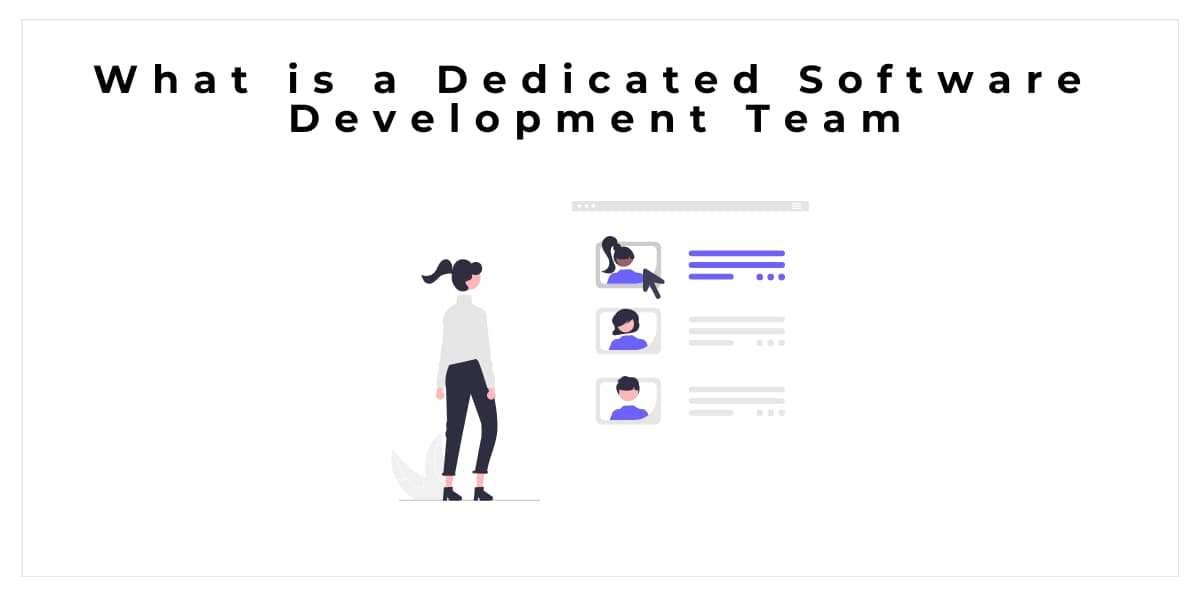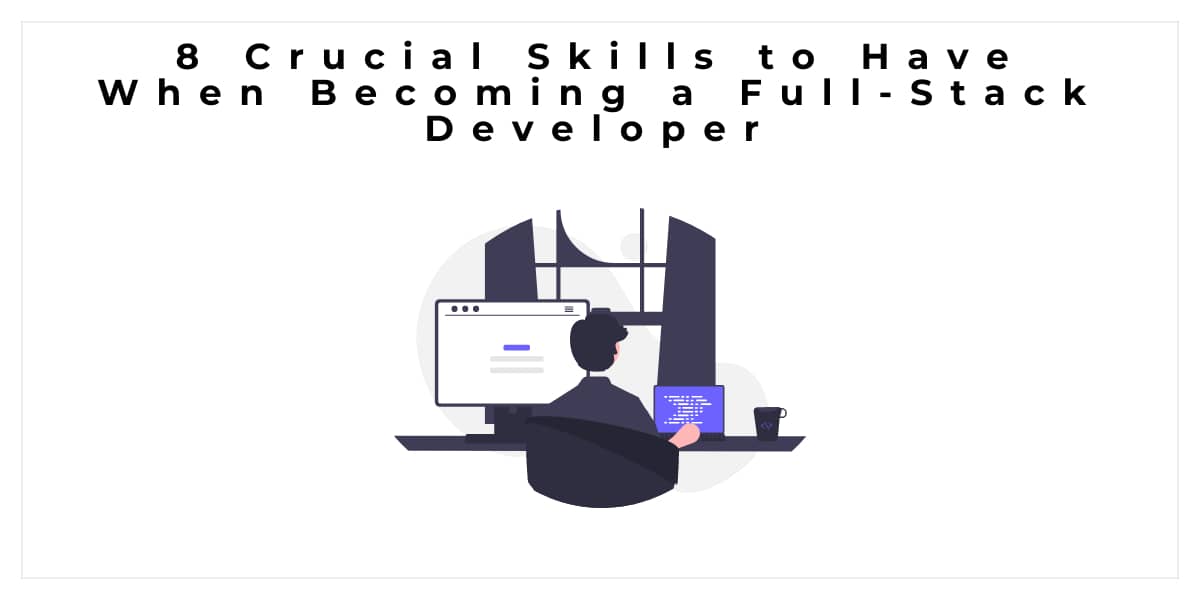Software developers are still in demand in many industries. According to the BLS, the employment of developers and testers will grow by 25% by 2032. However, even despite the positive job outlook, you will need a persuasive resume to compete for the best-paying jobs.
In this post, we have collected the must-have software development skills for your resume that will help you stand out from the competition. Plus, we will share advice on how to craft a powerful Profile section to catch the eye of a hiring manager in seconds.
If you have no time to rewrite a resume on your own, consider a software developer resume writer. A software developer resume writing expert can emphasize your programming knowledge, and hard and soft skills, helping you look like a top candidate for the position. Plus, a resume consultant can tailor your resume for a specific job posting, thus increasing your chances for a job interview.
How to include software development skills on your resume: Tips from developer resume writer
Decide what skills you’d like to add
The first step in preparing a standout software developer’s resume is to identify what skills you can offer. Write down all technologies, frameworks, and programming languages you worked with, and evaluate your level. Identify the most relevant skills and competencies that relate to your target position in software development, and include them in your resume.
Here are the key skills to include:
|
Hard skills |
Soft skills |
|
● Software development life cycle ● Unit testing ● Database management ● Scrum/Agile ● Application development ● Technical project management ● Angular JS ● HTML/CSS ● React ● Spring framework |
● Problem-solving ● Creativity ● Critical thinking ● Team leadership ● Attention to detail ● Effective communication ● Adaptability ● Time management |
Tailor your skillset for a job posting
Do not send the same resume to all job postings out there. The needs of each business are different, so you need to make a few tweaks to highlight your fit for each particular position.
Review the job posting carefully, highlighting the qualifications the employer is looking for in the first place. Highlight the keywords that appear frequently in the job description, and add them to your resume naturally. Thus, you will pass the applicant screening software and show your value to a human hiring manager.
Speak through examples
Including a bulleted list of skills in your resume is not enough to sell yourself to the company. Show how you used those skills and what results you achieved for your previous employers.
Instead of saying that you are a great team player, try this:
- Collaborated with cross-functional teams to implement the Agile development process, which resulted in a 28% increase in code efficiency and timely project delivery.
How to write your Resume Profile section effectively
A Resume Profile (or Career Summary) is the first section that the recruiter sees on your resume. In it, you should present your areas of expertise and accomplishments that make you an ideal fit for the position. Your profile should spark interest, but don’t be too detailed: keep it to 3-5 sentences.
Here’s how to craft a standout Profile section:
- Include your job title and years of experience in the first sentence;
- Specify your areas of expertise, your industry, and specific tools/technologies that the employer is looking for;
- As an entry-level developer, be sure to add relevant certifications or a degree;
- Add your most significant accomplishments, backing them up with numbers to catch the attention.
Example:
- Meticulous Software Developer with 4+ years of experience in designing, implementing, and maintaining scalable software solutions that enhance business productivity. Proficient in Java, Python, and C#. Skilled in translating complex technical requirements into user-centric applications, ensuring timely project completion within budget.
Follow the best resume practices
To increase your chance of being shortlisted for an interview, follow these tips when updating your resume:
- Keep it to 2 pages. When you have extensive technical skills and a variety of projects under your belt, it can be tempting to include them all on your resume. However, hiring managers toss multi-page resumes. Include only the most recent and relevant projects.
- Minimize technical jargon. If you use many tools, process names, and abbreviations on a resume, a non-technical recruiter might struggle to evaluate your experience. Avoid using too much technical jargon, and spell out the abbreviations.
- Add the link to your GitHub account. Describing yourself on a resume is great, but showing your code is even better. Add the link to your GitHub or any other resource where a target employer can see your code and evaluate your skills.
- Include relevant training. A degree in Computer Science is no longer a necessity to get a job in software development. However, be sure to emphasize any relevant training, such as courses and certifications.
- Show that you can deliver business value. In addition to job responsibilities, add at least 1-2 accomplishments for each role. Thus, you will show your motivation, ability to meet and exceed expectations, and dedication to meeting business goals.
- Proofread before sending. 59% of hiring managers can reject resumes with poor grammar. Check your resume using an online spell-checking software, and then proofread it manually word by word.
Your Career Profile and Skills sections are the first that the hiring manager sees. Follow the above tips to emphasize the skills and experiences that position you as the right person for the job. If you feel stuck with these or any other resume sections, do not hesitate to seek the help of a resume consultant to get your best foot forward.













